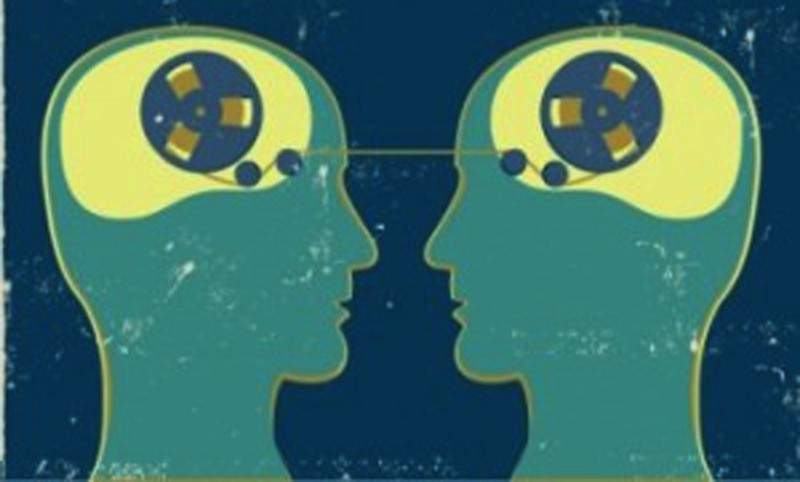“I like to understand how people see the world,” A CEO tells me. “It’s always different for each person. I’m fascinated by the ways people think about things, what’s important to them, how they put their world together.”
That natural curiosity about other people’s reality, technically speaking, signifies “cognitive empathy,” the ability to see the world through others’ eyes. Cognitive empathy is mind-to-mind, giving us a mental sense of how another person’s thinking works. It’s one of three kinds of empathy, each with a premium in the workplace and in relationships anywhere in our lives.
This way of tuning in to another person does more than give us an understanding of their view—it tells us how best to communicate with that person: what matters most to them, their models of the world, and what even what words to use—or avoid—in talking with them.
And that pays off in many ways. Managers with excellent cognitive empathy, for instance, get better than expected performance from their direct reports. And executives who have this mental asset do well when assigned to a culture different than their own – they are able to pick up the norms and ground rules of another culture more quickly.
But emotional empathy, a second variety, has different benefits. With emotional empathy we feel what the other person does in an instantaneous body-to-body connection. This empathy depends on a different muscle of attention: tuning in to another person’s feelings requires we pick up their facial, vocal, and a stream of other nonverbal signs of how they feel instant-to-instant. This variety of empathy, research shows, depends on our tuning in to our own body’s emotional signals, which automatically mirror the other person’s feelings.
Daniel Siegel, a UCLA psychiatrist, calls the brain areas that create this resonance the “we” circuitry. Being in the bubble of a “we” with another person can signify chemistry, that sense of rapport that makes whatever we’re doing together go well – whether it’s in sales or a meeting, in the classroom, or between a couple. Dr. Siegel has even written about how to do this with your teenager.
We see the third variety, empathic concern, spring into action whenever someone expresses their caring about another person. This kind of empathy partakes of the brains’ circuitry for parental love – it’s a hear-to-heart connection. But it’s not out of place at work: you see it when a leader lets people know that he will support them, that she can be trusted, that they are free to take risks rather than maintain a too-safe defensive posture.
In the classroom you see empathic concern when a teacher creates a similar atmosphere and students feel free to let their curiosity roam freely.
Which kind of empathy should a leader, a teacher, or a parent have? All three.
This post was originally published on Daniel Goleman’s LinkedIn page. To view the original post, click here.








